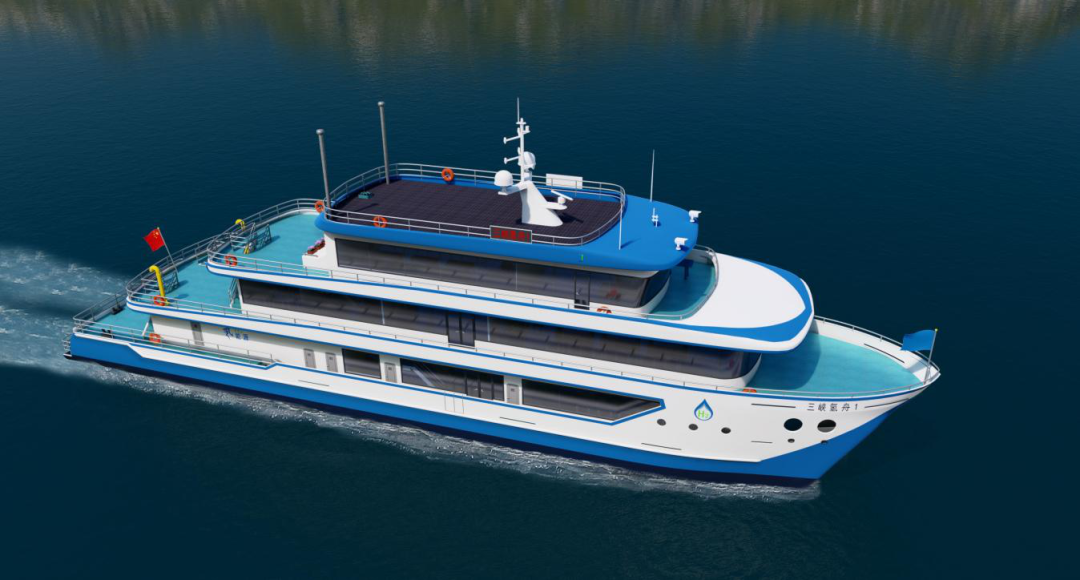Ship Power Battery System: Maintenance and Maintenance Knowledge Introduction
2024-12-30

### Ship Propulsion Battery System: Maintenance and Care Guide
In the field of modern shipping, the ship propulsion battery system, as a core component of new energy vessels, plays a crucial role. It is not only related to the power supply of the ship, but also directly affects the ship's operating efficiency, safety performance, and environmental protection level. Therefore, the maintenance and care of the ship propulsion battery system is particularly important. This article will introduce the maintenance and care knowledge of the ship propulsion battery system from four aspects: basic understanding, daily maintenance, regular maintenance, and troubleshooting.
#### 1. Basic Understanding: Understanding the Ship Propulsion Battery System
The ship propulsion battery system mainly consists of a battery pack, battery management system (BMS), charging equipment, cooling system, and control system. Among them, the battery pack is the main body for storing electrical energy, usually composed of multiple single cells connected in series or parallel; the BMS is responsible for monitoring the operating status of the battery pack, including parameters such as voltage, current, and temperature, ensuring that the battery operates within a safe and efficient range; the charging equipment is used to convert external electrical energy into chemical energy that can be stored by the battery; the cooling system is responsible for heat dissipation, preventing the battery from overheating and causing safety hazards; and the control system intelligently dispatches the battery's output power according to the ship's needs.
#### 2. Daily Maintenance: Ensuring Stable System Operation
Daily maintenance is the foundation for keeping the ship propulsion battery system in good condition. Here are some key measures:
1. **Regularly inspect the battery appearance**: Observe whether there are any cracks, leaks, or deformations in the battery shell, and ensure that the battery connections are tight and not loose.
2. **Clean the battery surface**: Use a dry or slightly damp cloth to wipe the battery surface to remove dust and dirt, avoiding the risk of short circuits.
3. **Check BMS alarm records**: Regularly check the abnormal information recorded by the BMS system, handle alarms in time, and prevent small problems from becoming big problems.
4. **Monitor battery temperature**: Ensure that the battery operating temperature is within the recommended range; temperatures that are too high or too low will affect battery performance and service life.
5. **Record operating data**: Regularly record the battery's charge and discharge data, analyze the trend of battery performance changes, and provide a basis for preventive maintenance.
#### 3. Regular Maintenance: Extending System Service Life
Regular maintenance is the key to improving the stability and extending the service life of the ship propulsion battery system. The specific steps are as follows:
1. **Deep equalization charging**: Regularly performing deep equalization charging on the battery pack can effectively reduce the voltage difference between individual cells and improve the overall performance of the battery pack.
2. **Cooling system maintenance**: Check the coolant level and quality, regularly replace the coolant, clean the cooling lines, and ensure cooling efficiency.
3. **Electrical connection check**: Tighten all electrical connections, including those between batteries, between batteries and BMS, and between charging equipment, to prevent poor contact or short circuits due to looseness.
4. **Software upgrades**: Pay attention to software updates for the BMS and control system, and update them promptly to obtain the latest functional optimizations and bug fixes.
5. **Professional testing**: Conduct at least one professional battery performance test per year, including battery capacity testing, internal resistance measurement, etc., to assess battery health.
#### 4. Troubleshooting: Quick Response, Reduced Losses
In the face of ship propulsion battery system failures, quick and accurate handling is crucial. The following are some common troubleshooting suggestions:
1. **Battery overheating**: Immediately stop charging or use, check whether the cooling system is working properly, and start emergency cooling measures if necessary.
2. **BMS alarm**: Based on the alarm information, check the possible causes one by one, such as individual battery failure, sensor failure, etc., and repair them in time.
3. **Abnormal charging**: Check the charging equipment, charging lines, and battery interface. After confirming that there are no errors, try reconnecting or restarting the charging program.
4. **Performance degradation**: If the battery performance continues to decline, consider replacing individual battery cells or performing health restoration treatment on the entire battery pack.
5. **Safety accidents**: In the event of serious accidents such as fire or explosion, immediately initiate the emergency plan to ensure personnel safety, and cut off the power to prevent the situation from escalating.
In short, the maintenance and care of the ship propulsion battery system is a systematic project that requires starting from daily tasks and combining regular professional maintenance to ensure the efficient, safe, and stable operation of the system. With technological advancements and the accumulation of experience, the maintenance of ship propulsion battery systems in the future will become more intelligent and convenient, contributing to the development of green shipping.
Key words:
Previous:
Related News


